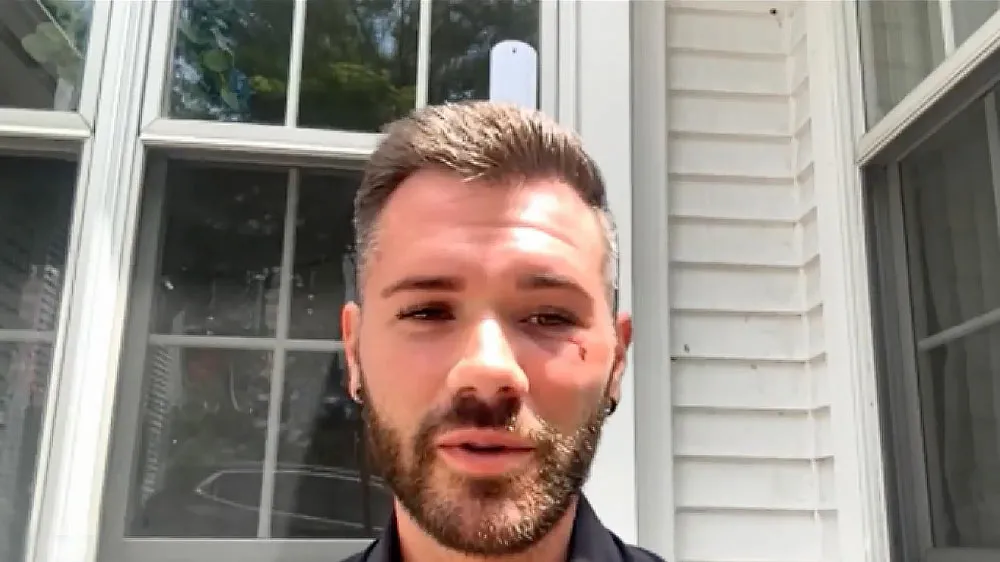March 3, 2014
GMHC's "Legendary" Discussion Follows Evolution of House Scene
Winnie McCroy READ TIME: 3 MIN.
On March 6, GMHC and Gerard Gaskin will present "Legendary: A Community Discussion on the Evolution of the House and Ball Scene." The discussion will look at Gaskin's new book, "Legendary: Inside the House Ballroom Scene," as well as what the future holds in store for the house and ball scene.
In addition to Gaskin, guest panelists at the event include ballroom legend Britney Ebony from the House of Ebony; GMHC Community Health Department's Dominique Crisden of House of Prodigy; GMHC Community Health Department's Luna Ortiz of House of Khan; New York University PhD candidate Frank Roberts; iconic House of St. Laurent member Tez St. Laurent; and ballroom icon and Hall of Famer Xtraordinaire Hector Xtravaganza. Ballroom legend Aisha Diori of House of Prodigy will serve as the moderator.
The House and Ballroom community, comprised predominately though not exclusively of Black and Latino LGBTQ individuals, is built upon an organizational structure of "houses." A "house" is considered a club or "surrogate family" which has a "house mother," "house father" and "children" who adopt the house name as their surname (e.g., Luna Khan, Father of the House of Khan, etc.).
Members of the houses, both young and older, compete in balls and related activities sponsored by various houses and promoters throughout the year. House mothers and fathers often provide support for LGBTQ youth who otherwise might be homeless, nearly homeless, and/or without any parental guidance.
With the House and Ball community losing many members to AIDS at the onset of the HIV epidemic in the 1980s, and with many other members either HIV-positive or at high-risk of contracting the virus, GMHC and leaders from the ballroom community created the House of Latex Project in 1989. GMHC's Latex Project, which runs the annual Latex Ball, continues to link community members with resources to improve health outcomes, and provide workshops on HIV and other sexually transmitted infections.
In 2013, renowned photographer Gerard H. Gaskin's book "Legendary" was published consisting of radiant color and black-and-white photographs that take readers inside the culture of house balls, where gay and transgender men and women -- mostly African American and Latino -- come together to see and be seen.
At balls, high-spirited late-night pageants, members of particular "houses" like the House of Blahnik and the House of Xtravaganza "walk," competing for trophies in categories based on costume, attitude, dance moves and "realness." In this exuberant world of artistry and self-fashioning, people often marginalized for being who they are can flaunt and celebrate their most vibrant, spectacular selves.
From the quiet backstage, to the shimmering energies of the runway, to the electricity of the crowd, Gaskin's photographs take readers to the ball. "Legendary" is comprised of photos taken at events in the New York city area (including at GMHC's Latex Ball), Philadelphia, Richmond and Washington, D.C..
The book is a collaboration between Gaskin, a camera-laden outsider who has been attending balls for 20 years, and the house members who let him enter the intimate world of ball culture. In addition to an introduction by Deborah Willis, "Legendary" includes an essay, "The Queer Undercommons," by Frank Roberts.
"Legendary: A Community Discussion on the Evolution of the House and Ball Scene" will be held from 6-8 p.m. on Thursday, March 6 at GMHC, 446 W. 33rd Street, 7th Floor Dining Room. For information, visit www.gmhc.org
Winnie McCroy is the Women on the EDGE Editor, HIV/Health Editor, and Assistant Entertainment Editor for EDGE Media Network, handling all women's news, HIV health stories and theater reviews throughout the U.S. She has contributed to other publications, including The Village Voice, Gay City News, Chelsea Now and The Advocate, and lives in Brooklyn, New York.



